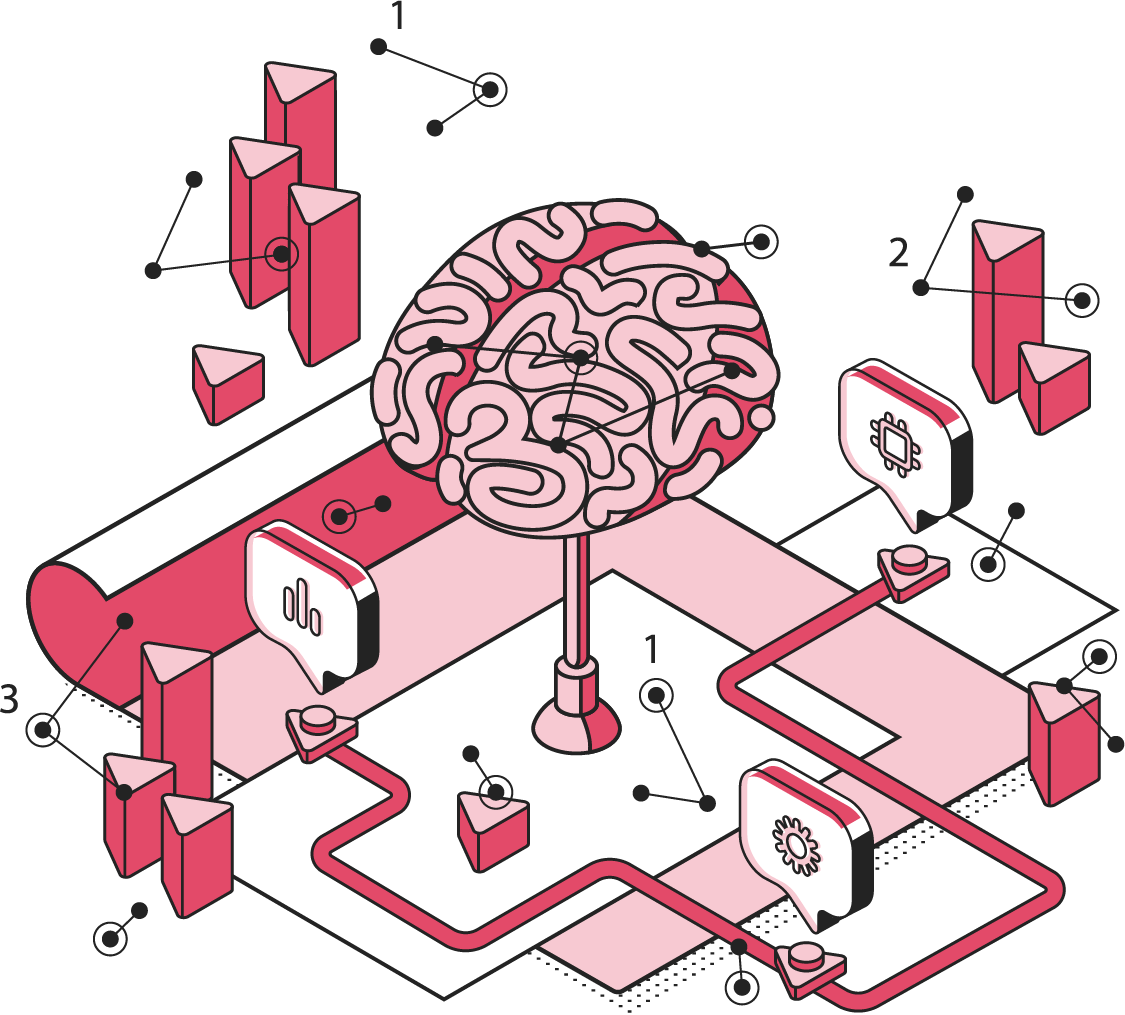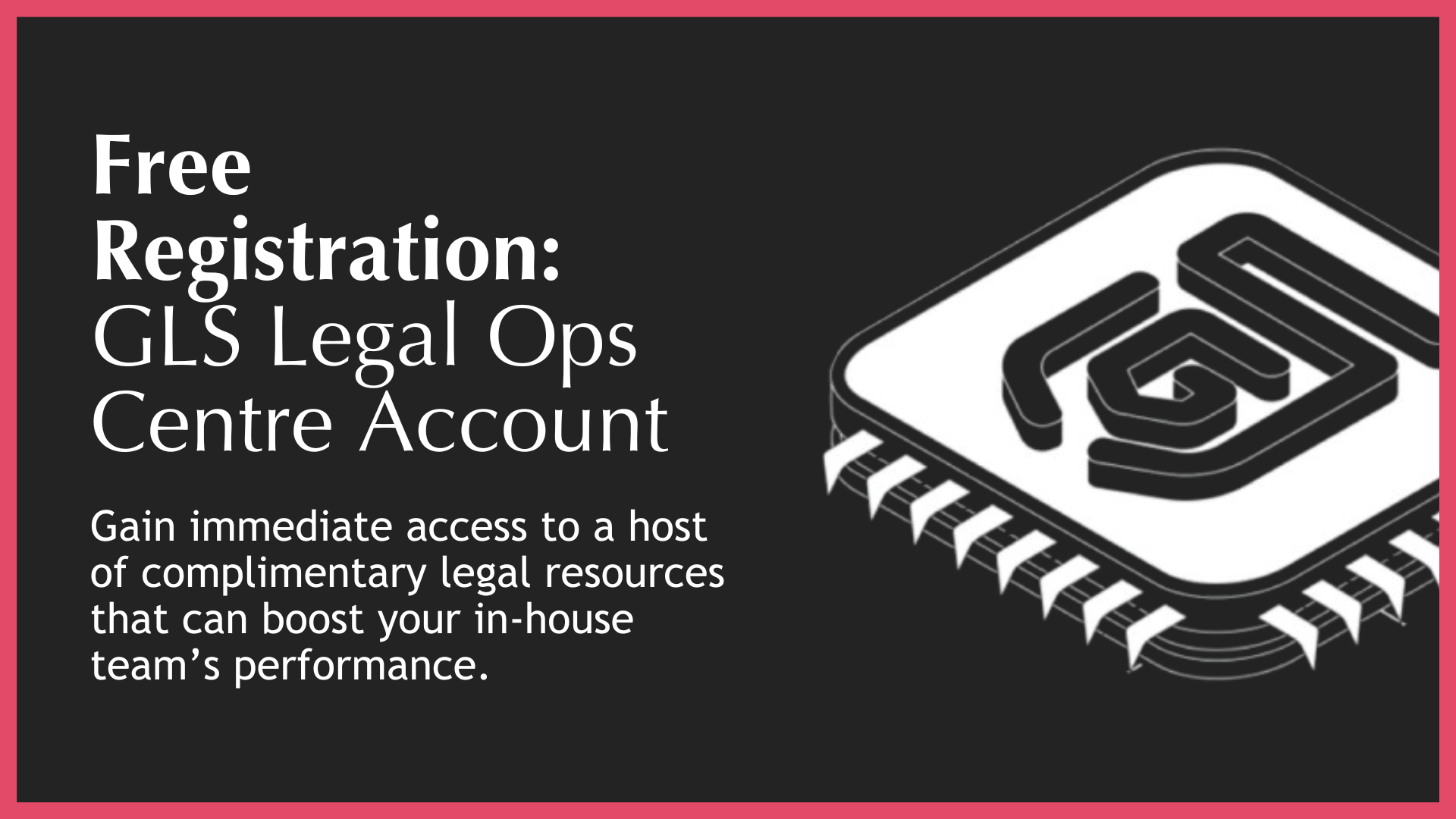The GLS Legal Operations Centre
The ultimate in-house legal department resource stack
Back
Legal Dept. Reporting
What Is It
Legal Department Reporting is the structured communication of legal activity, performance, and value to the business. It combines data dashboards, narrative summaries, and strategic insights to show what Legal is doing, how well it’s doing it, and why it matters.
Reporting is not just about metrics - it’s about storytelling. It connects legal work to business outcomes, highlights risks managed, deals accelerated, and costs avoided. It enables Legal to move from being a cost centre to a strategic enabler.
Without reporting, Legal operates in a black box. The business sees the cost but not the contribution. Reporting provides transparency, builds trust, and supports investment in legal capabilities. It also enables continuous improvement - by tracking performance, identifying gaps, and informing decisions.
Critically, reporting must be tailored. Different stakeholders need different views - the CFO wants cost data, the CEO wants strategic alignment, and business units want responsiveness. Legal operations must ensure reporting is relevant, timely, and actionable.
Scope
The scope of Legal Dept. Reporting typically includes:
◼️Volume Metrics – Matters handled, contracts reviewed, advice given.
◼️Speed Metrics – Turnaround times, response rates, SLA compliance.
◼️Quality Metrics – Error rates, stakeholder satisfaction, rework levels.
◼️Cost Metrics – Internal and external spend, cost per matter.
◼️Risk Metrics – Compliance breaches avoided, litigation exposure managed.
◼️Narrative Reporting – Strategic summaries that explain the numbers.
◼️Stakeholder-Specific Dashboards – Tailored views for different audiences.
◼️Trend & Gap Analysis – Insights that inform planning and improvement.
Resource Status
In GLS legal ops speak – the Legal Dept. Reporting is considered a “Foundational” resource within the process ecosystem of an in-house legal team.
The Foundational Resource is a CRE that is responsible for determining the overall performance capabilities of a “critical” legal function. If it is not optimised, the function can never be optimised.
Best Practice Features
The best practice features of the GLP are as follows:
◼️Integrated Dashboards – Real-time data visualisation across key metrics.
◼️Narrative Context – Commentary that explains performance and impact.
◼️Stakeholder Tailoring – Reports designed for different business audiences.
◼️Automated Data Collection – Minimising manual reporting effort.
◼️Trend Analysis – Identifying patterns and forecasting future needs.
◼️Benchmarking – Comparing performance to peers and past periods.
◼️Actionable Insights – Reports that drive decisions and improvements.
◼️Regular Cadence – Monthly or quarterly reporting cycles.
Business Value
The Legal Dept. Reporting station delivers the following value to the Business:
◼️Transparency – The business sees what Legal does and why it matters.
◼️Accountability – Legal is held to performance standards.
◼️Strategic Alignment – Legal work is connected to business goals.
◼️Investment Justification – Reporting supports funding for legal initiatives.
◼️Faster Decision-Making – Insights enable quicker, better-informed choices.
Legal Department Value
Legal teams gain visibility, credibility, and control. Reporting supports performance management, stakeholder engagement, and transformation planning. It also helps identify gaps, celebrate wins, and build a culture of continuous improvement.
Who Needs It
The Legal Dept. Reporting station is essential for:
◼️Legal departments of all sizes
◼️Legal operations teams
◼️General Counsel and Heads of Legal
◼️Legal tech and innovation leads
◼️Compliance and risk management teams
Productivity Consequences
A legal team operating without a Legal Dept. Reporting capability will face a wide range of inefficiencies including:
◼️Poor Stakeholder Engagement – The business doesn’t understand or value Legal’s work.
◼️Limited Performance Visibility – Legal can’t track or improve its effectiveness.
◼️Weak Investment Cases – No data to support funding requests.
◼️Reactive Operations – Decisions are made without insight.
◼️Transformation Stagnation – No baseline or progress tracking.
Tech Implication
This station is tech-leveraged. It relies on:
◼️Matter Management Systems – For data collection and tracking.
◼️Analytics Platforms – For dashboard creation and trend analysis.
◼️Reporting Tools – For stakeholder-specific views and summaries.
◼️Integration with Business Intelligence Systems – To align legal data with enterprise reporting.

The GLS Legal Operations Centre
Register to access your complimentary Day 1 Resource Stack packed with legal team performance resources.

GLS Ultimate Guide To Legal Operations
Download this and read it thoroughly and regularly. It is a wonderful transformation companion.

Book A No-Obligation Consultation
If you would like discuss your legal transformation needs, please book a 30 minute free consultation with us.

GLS Legal Transformation Boot Camp
Visit the GLS Connect Zone and select the intelligence feed that you would like to receive from us.




